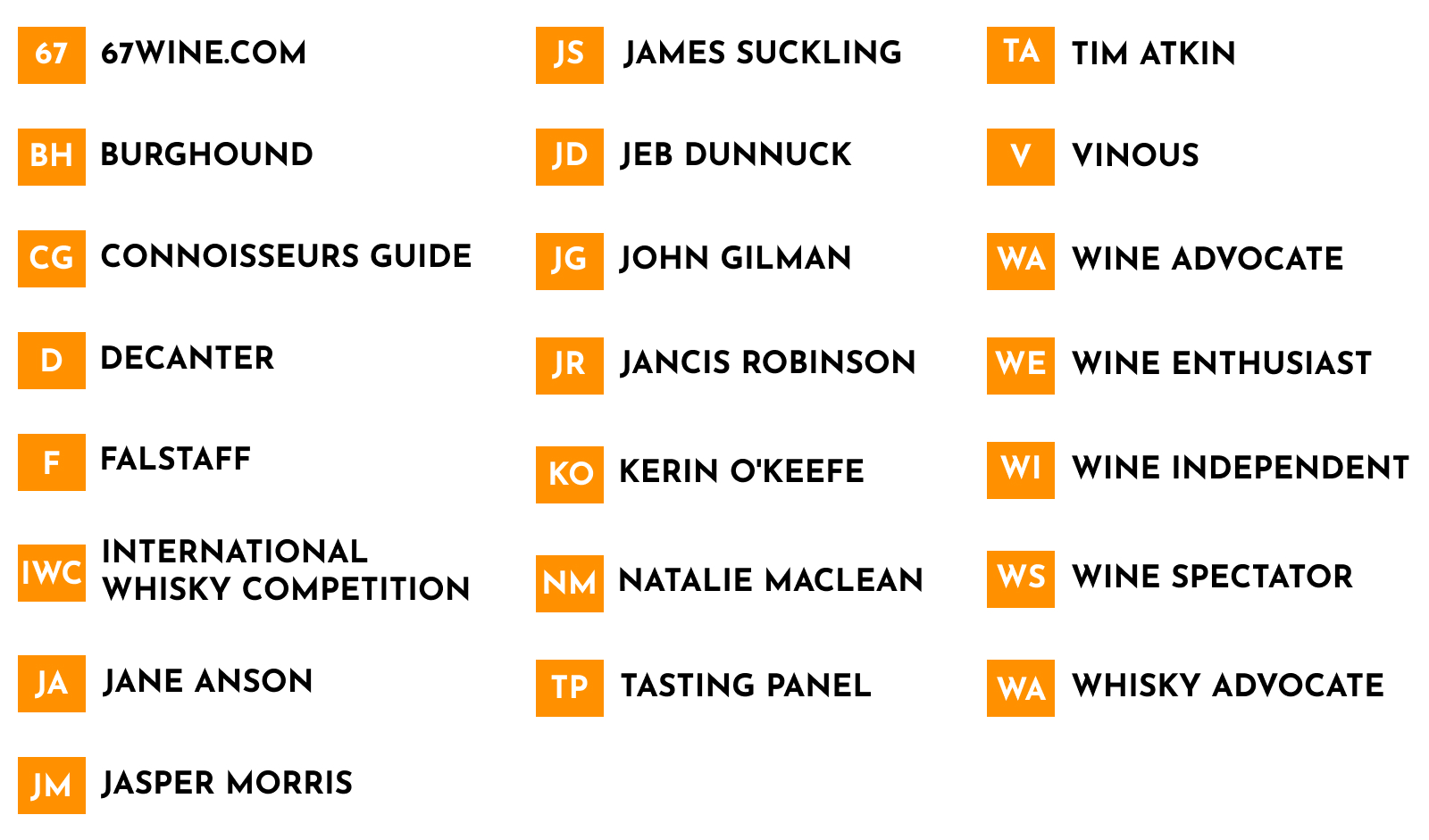The risks and rewards of buying older bottles explained.
Every bottle of wine is its own little organic chemistry experiment. In an older bottle, the many different physical and chemical reactions have had more time to take place. This is what builds the flavor complexity that can only be gained with time, but it has risks, as well.
The first thing you should notice is the general condition of the bottle. Is the label in good condition, with minimal marks or tears? Badly torn labels indicate, at the very least, some careless handling in the bottle’s past. Stains are different – a stained label says nothing about that bottle. A moldy or mildewed label can in fact be a positive, showing that it was kept in a humid environment. The foil capsule serves no purpose except to keep the cork clean. While damage to the capsule may indicate some ill handling, it does not mean that the bottle itself has been damaged.
The next thing you should notice is the fill level of the bottle. It is inevitable that over time, some of the wine will evaporate. Wines that have been well stored (temperature constant, in the mid-50 degree range, with fairly high humidity) will show less evaporation than a bottle stored in conditions of higher temperatures, less constant temperatures, or lower humidity.
All wines with lower fill levels can have problems with oxidation, as more oxygen in contact with the wine will speed up that negative process. Oxidized wine, at the extreme end, will taste like Sherry or Madeira, which are wines meant to be oxidized. Wines stored at higher temperatures or lower humidity will have lower fill levels due to faster rates of evaporation. More air means faster oxidation, especially once the level goes below the neck of the bottle, as a greater surface area of wine will come in contact with the air.
Wines stored at higher temperatures will also age faster than wines kept at a proper temperature, and a wine stored in too warm an area will often pass from maturity into old age sooner than expected. Chemical reactions simply occur faster in warmer temperatures.
Wines that have been stored with fluctuating temperatures have a lower fill level for a different reason. When a bottle is new, there is generally less than an inch of air in the neck of the bottle. Because of its contact with the wine, that air is saturated with liquid (100% relative humidity). When the bottle warms, the air expands, and a very small amount pushes out past the cork. When the bottle cools, a small amount of air (at lower than 100% relative humidity) is drawn back into the bottle. The overall effect is less liquid, since the "new" air will quickly become saturated. Since some of the oxygen in the "old" air (that was pushed out) had already been used in oxidation reactions, this "new" air also means an addition of oxygen, leading to faster oxidation.
In looking at an older bottle, the most obvious chemical reaction taking place is the formation of sediment. Tannin molecules bind together in long chains until they become too heavy to stay in solution, at which time they fall out as sediment. This is perfectly natural, and is expected to happen. If you do not any see sediment in a red wine over 20 years old, you would have to suspect something about that bottle.
In the process of forming these long chains of tannins, another molecule is required as a kind of binder. That molecule is a color molecule, and falls out into sediment with the tannin molecules. As wine ages, its color will become lighter and less red. Again, this is absolutely expected, and a 50 year old bottle that shows the color of a young wine would have to be suspect. This is often impossible to see in the bottle, since the bottles themselves are often of green glass, obscuring the color of the wine.
Positive reactions also take place, or there would be little incentive to age wine. The molecules that produce the fruity flavors of young wines combine, break apart, and recombine many times over the years, forming new flavors. These flavors are generally earthy (brown) flavors that when mixed with the remaining fruit flavors give older wine its complexity. These flavors include leather, smoke, graphite, tobacco, soy sauce, coffee, mushroom, truffle and more. One interesting thing is that the new chemicals producing these flavors, that were in neither the grape nor in the young wine, are the exact same chemicals that produce the flavors and aromas in leather, smoke, etc.
There are also negative chemical reactions that can occur in bottles that appear to be perfectly good.
The first of these is for a wine to be "corked". Current estimates are that 3%-5% of all wines sealed with a natural cork are tainted in some way by chemicals in that cork.
Cork can contain a chemical known as TCA. The presence of this chemical is what causes us to refer to wine as "corked". There is an organism that actually feeds on the chlorine used to sterilize corks, and TCA is its waste product. The presence of TCA will, in small concentrations, cause a wine to merely not show at its best, reducing the overall flavor intensity of a wine. It is often difficult, even for an expert, to differentiate this level of TCA contamination from a wine that is merely tasteless. At higher concentrations, the wine will pick up a distinct smell, and an awful flavor often referred to as wet cardboard. The bad flavor and smell intensifies with exposure to air. The effect on older wine is that even a small amount of contamination, left in contact with the small amount of air in the headspace of a bottle (the area between the liquid and the cork) will intensify to a point that makes the bottle obviously undrinkable.
A bottle can be contaminated by bacteria, from any number of sources. The most common contaminant is known as Brett (short for the name of the bacteria that causes it), and causes an odor known politely as "barnyard". A small amount of Brett is not always a bad thing, as the flavors it brings can add to the complexity of the wine, but a large amount of contamination is certainly off-putting.
To summarize, the main risks are oxidation, cork contamination, and bacterial contamination. The last two are risks in any bottle, not just an old one, but are worse conditions (not necessarily higher risk) in older bottles. The price of an older bottle also may make these risks seem larger.
The joys of older bottles are many, and for many people, well worth the risks. Clearly, the best way to enjoy older bottles is to buy them young and put them into your own temperature controlled cellar. If you are unable to do that, or want older wines to drink while your young wines are aging, the thing to do is find a reputable wine merchant, such as 67 Wine.



